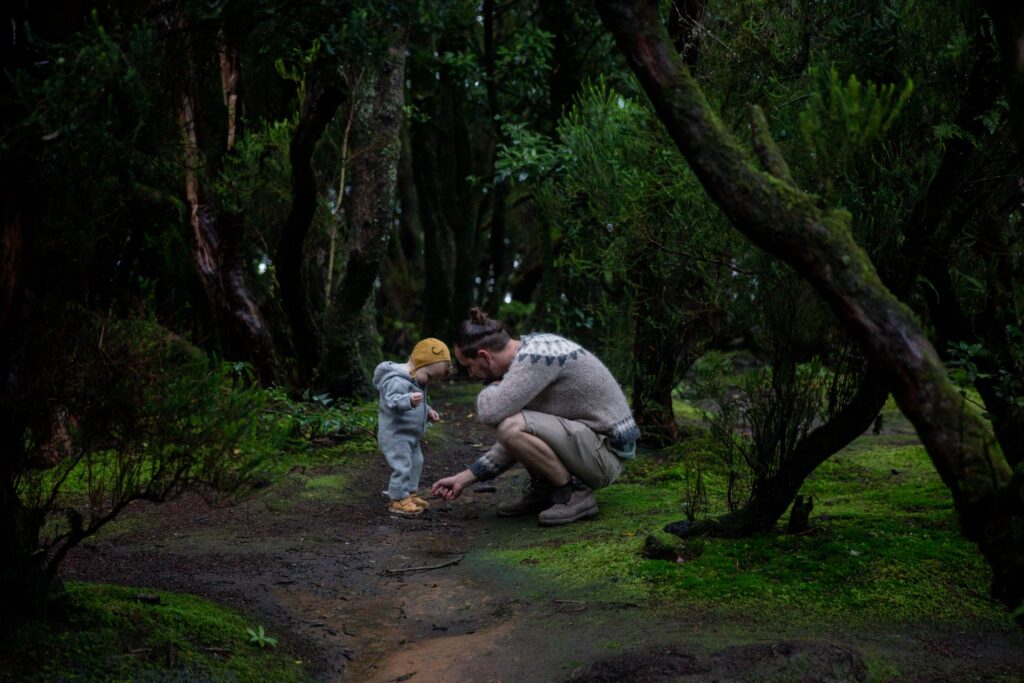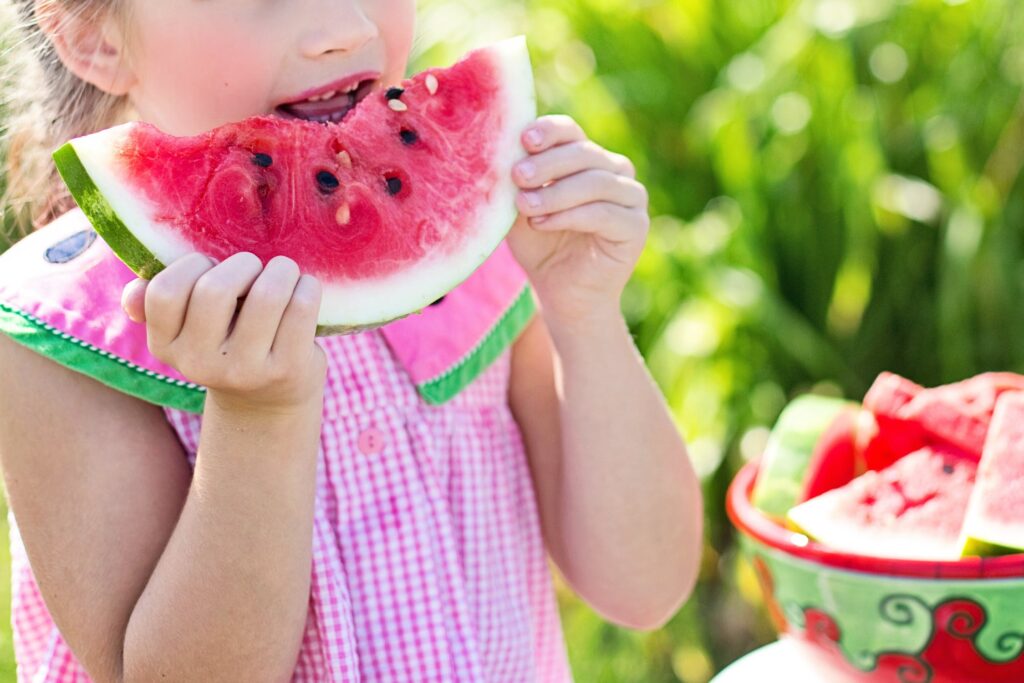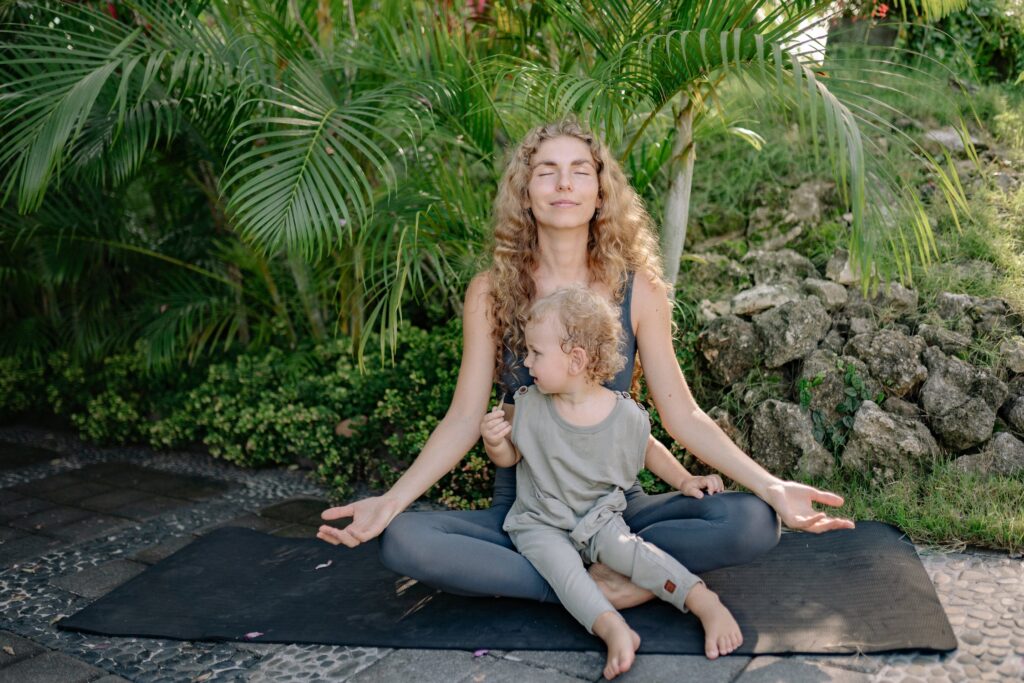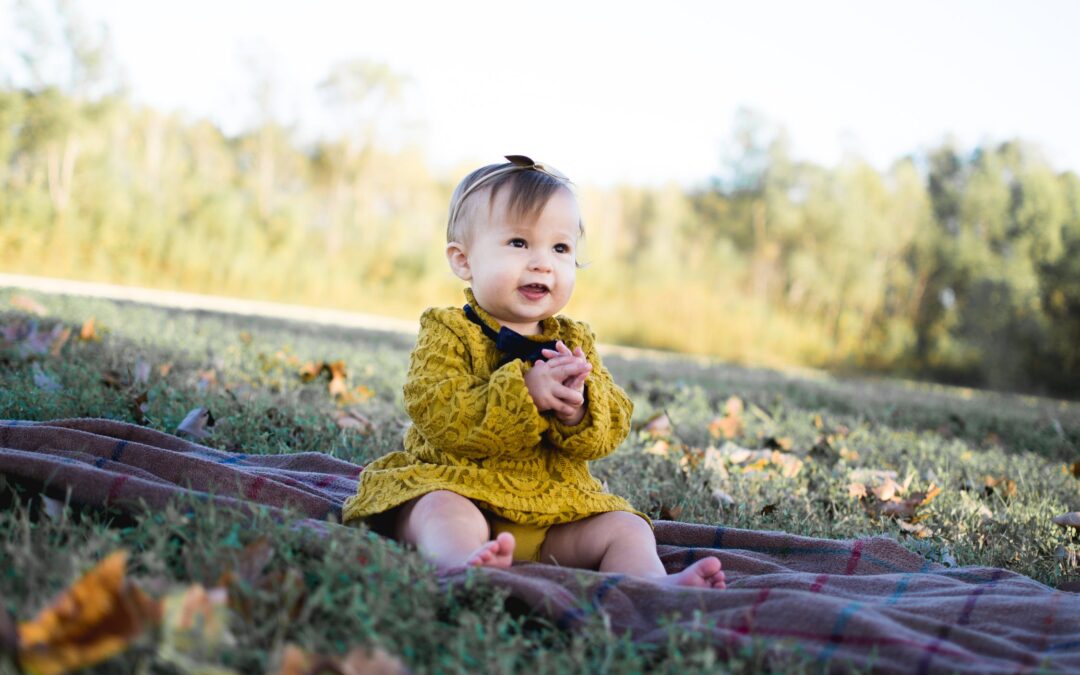Before we start to highlight the positive aspects of practicing Mindfulness in early childhood, let’s first understand what Mindfulness is.
In recent decades people have constantly talked about Mindfulness and its benefits, but what exactly “Mindfulness” means?
Mindfulness is a type of meditation in which the practicer focuses on bringing full attention to the present moment, keeping the mind aware of all feelings and emotions without judgments.
It can help adults and children to relieve stress and worries promoting a sense of happiness and calm on a daily basis.
Do Kids need it?
At a very young age, children already experience tiredness, hunger, frustration in many different types, anger, fears, and worries. As we grow, things get even more complicated – we develop relationships, navigate our independence, and go through many changes in our lives that can cause a lot of anxiety. That’s a natural process of life for all human beings, but it can become smoother once we are aware of our emotions and learn how to deal with them.
How Mindfulness can be useful in Early Childhood
Children are making new discoveries every single day. There are often quite a few changes in their routine, they are absorbing things around them very intensely, growing, developing new skills, learning, and dealing with their own growth process without being able to communicate properly just as yet.
Mindfulness can offer relief for children when they are feeling frustrated or upset and gives them the opportunity of being in the present moment.
The practice can also assist in the development of focus, concentration, and patience which are a foundation for a happy and calm adult.
Practices ideas
There are many ways children can practice Mindfulness. They can sit still and get benefits from simple breathing exercises (there are many apps available for kids – I particularly love the Ninja), but they can also experience Mindfulness through experiences in their daily activities.
Use elements from Nature

Nature itself has an awesome healing power over human beings of any age. When going for a walk with your child, for example, you can find a leave or a rock in which you both can sit and observe it together. Talk about its size, colour, shape, smell, and encourage your child to pay full attention to that element and its specifications. This will help to keep their focus in the present moment.
Listen to the bell
A fun way to teach children to practice Mindfulness is to focus on what they can hear. You can use an app, a bell, or a singing bowl to make the sound. The child should listen to the sound very carefully until they can no longer hear it.
Remember to keep it easy. Start with 1 minute and see if you can increase the time as your child advances in the experience.
Gratitude
Being grateful for all the things we have is my favourite one! Children who learn to be grateful at a young age will grow up appreciating what they already have in their lives without feeling the urge to always want more.
You can sit together and talk about things you are both grateful for, give your child ideas of your own gratitude list such as family, friends, pets, food, favourite activities, etc.
Mindfulness Eating

The exercise of eating mindfully is a fantastic technique that will provide great benefits to children as they practice it. Observing and appreciating the food, recognizing their characteristics, taste, and smell will keep children’s attention in the present moment whilst eating. You can use the opportunity to talk about the colours and the different textures on the plate also encouraging healthy eating habits!
Breathing buddy
A breathing buddy exercise is an excellent tool to use with young children that will hardly just sit still and breathe for more than a few seconds. The “fun” experience is consisted of having a stuffed animal and lie down on the back with the “buddy” on their belly. As they breathe in and out they will pay attention to the rise and fall of the stuffed animal.
Modeling

There’s no better lesson for a child than having a role model at home. Like any other activity or habit that parents attempt to get their kids to engage with, mindfulness will require a commitment for mums and dads to instruct their little ones and definitely embody the practice as well.
Practicing Mindfulness, even if just for a few minutes per day, is extremely beneficial for caregivers allowing you not only to share happiness and calm with your children but also to take care of yourself at the same time.
The long-term benefits of practicing Mindfulness are countless. It’s extremely beneficial for children’s emotional and physical health contributing also to their self-regulation skills. The positive impacts of this practice can be noticed in their behaviour, attitudes, and the way they relate with others in their social environment.
Parents and children that practice together won’t regret it. Just remember to keep the process simple, smooth, and natural!
Leave a comment if it was useful or if you have suggestions of Mindfulness exercises for little minds!


 My name is Natalia, sweetly called "Lala" since I started working with children. I am the owner of Lala’s Family Day Care and my passion is to make positive connections with my little ones, providing high-quality learning experiences. I believe that every child is unique and they grow the best when they feel valued, loved, happy and secure.
My name is Natalia, sweetly called "Lala" since I started working with children. I am the owner of Lala’s Family Day Care and my passion is to make positive connections with my little ones, providing high-quality learning experiences. I believe that every child is unique and they grow the best when they feel valued, loved, happy and secure.
Love this tips!! Thanks Lala 🧡